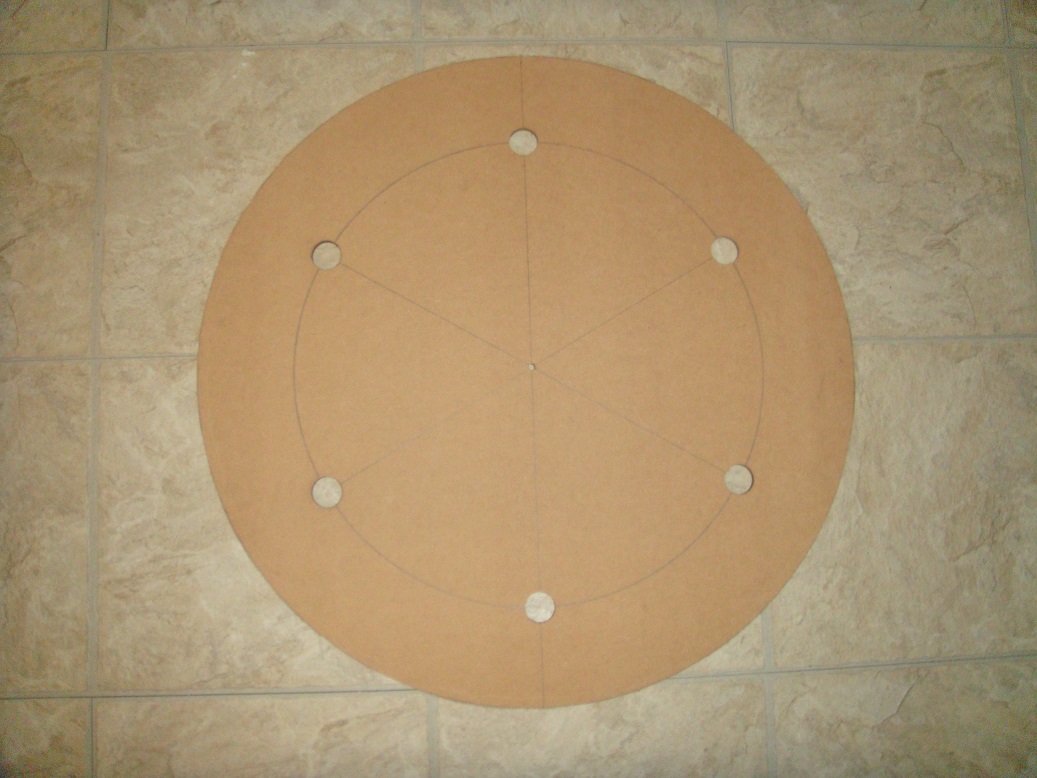Reply to Sawt2
Thank you for your kind words. It is tough to unexpectedly lose a younger sibling.
Thank you for your kind words. It is tough to unexpectedly lose a younger sibling.




 I have often wondered if the engineers are really as stupid as they seem to be, or if the car companies tell them to design the vehicles to be a nightmare to work on just so that they can bleed the owners dry on parts and labor charges when they come back for service needs. I worked for many years as a mechanic, and also as an automotive machinist, so have always done all my own work. Now that I'm retired, I still do my own work - and for two reasons: 1. I want to be certain it is done right. 2. There is no way I could afford to pay someone charging $100+ per hour, plus tripling the price of parts, to do the work.
I have often wondered if the engineers are really as stupid as they seem to be, or if the car companies tell them to design the vehicles to be a nightmare to work on just so that they can bleed the owners dry on parts and labor charges when they come back for service needs. I worked for many years as a mechanic, and also as an automotive machinist, so have always done all my own work. Now that I'm retired, I still do my own work - and for two reasons: 1. I want to be certain it is done right. 2. There is no way I could afford to pay someone charging $100+ per hour, plus tripling the price of parts, to do the work.





Comment